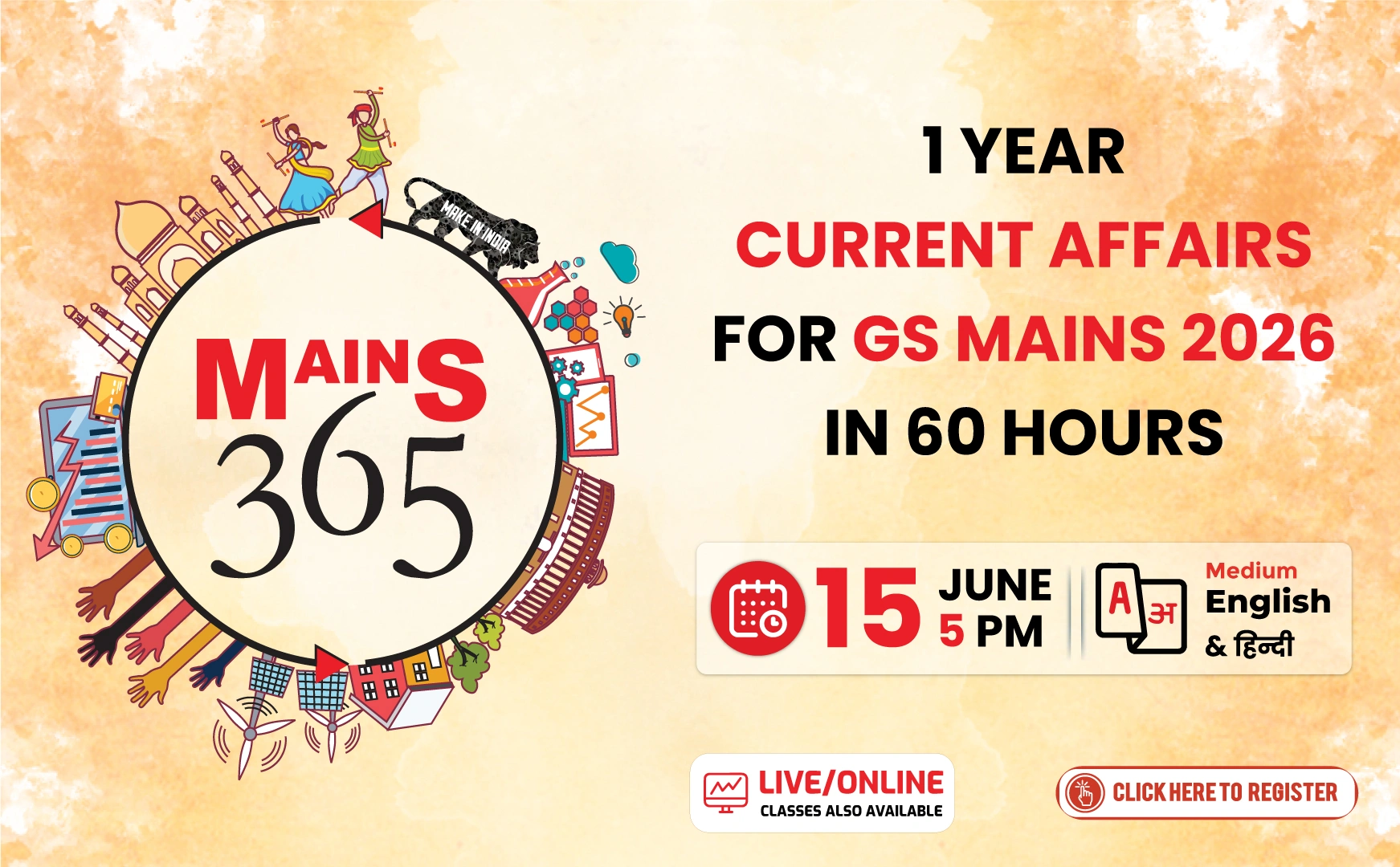Ethanol Blending in India
India is gearing up to set a new target of 30% ethanol blending in petrol by 2030, having already achieved a 20% blend by March of the current year.
Progress and Targets
- The initial target for 20% blending was set for 2030 but was advanced to the 2024-25 ethanol supply year.
- In the supply year 2023-24, an average blending rate of 14.6% was achieved, up from 12.06% in 2022-23.
- Inter-ministerial discussions have supported a national blending target of 30% by the end of the decade.
Economic and Environmental Impact
- Ethanol blending by public sector oil marketing companies (OMCs) has led to foreign exchange savings of over ₹1.2 trillion and crude oil substitution of 19.3 million metric tonnes over a decade.
- Payments to farmers amounting to ₹1.04 trillion have been facilitated over the past 10 years.
- Carbon emissions were reduced by 62.6 million metric tonnes, with crude oil substitution of 20 million tonnes.
Supply and Distribution
- In 2014, ethanol-blended petrol was available at 27,900 retail outlets, expanding to all outlets nationwide by 2024.
- As of February-end, 19.6% blending was achieved nationally, reaching 20% subsequently.
- Within the 2023-24 supply year, 7.07 billion liters of ethanol were blended with petrol. Of this, 66% is expected to come from grains and the remainder from sugarcane.
- Sugar mills and grain-based distilleries supplied approximately 3.02 billion liters of ethanol by March 2025.
Future Considerations
- There is a proposition for a staggered or single-target approach to raise the blending rate beyond 20%.
- Sugar companies have significantly invested in distilleries and are advocating for the introduction of E100 fuel at several outlets.



